Paula Viana never wanted a “nine-to-five” job. It couldn’t have gone better: she discovered engineering more than 40 years ago, opening doors to a career that also features teaching. A professor, researcher, and member of a volleyball club’s board, she never put up barriers between fields of knowledge: “I cannot conceive of higher education without a connection to research.” In the classroom, she still sees “all-male groups” just like those she encountered at university. There, she began a career with “undefined goals”.
Paula Viana is halfway through telling the story of a girl passionate about maths and physics who finds her path in engineering and ends up embracing a career where teaching and research were rarely out of sync. She recalled a series of decisions that led to 40 years of “trying new things”. Until she asked herself the question: “Why?” And replied: “It was not planned. I embraced all challenges; I’m not the type of person who sets a clear path for what they want to do or where they want to go.” And yet, here we are.
Paula started “experimenting” at INESC more than 35 years ago. “Without specific goals”, she completed her degree in Electrical and Computer Engineering, the passport to enter the institution she has known since 1989. There, she found a “place of opportunities” flourishing in Porto, at the “frontline of innovation,” in an “anarchic” style – with carte blanche to all those who wanted to do “something different”.
In the 1990s, Paula (at that time, in charge of the Telecommunications and Multimedia department) found – at one of the Institute’s first headquarters in Largo do Mompilher – a feverish and intense space, buzzing 24 hours a day; those were times when INESC “never closed”. “It was a shared experience. It really felt like home; we’d often spent the night here, working together – even on weekends,” she recalled.
“Let me try just one more thing.”
Everything made sense. Paula, who never made achieving goals a career mission, easily joined a messy house – but one ready to blossom. “I never really planned my path.” But if we were to sum it up, it would always come back to the “all-boys class” in high school.
“My interests were very diverse, ranging from Mathematics and Physics to Portuguese; I enjoyed writing and reading. My best friends wanted to become doctors. At the time [high school], there was a specific Healthcare course, separate from Technology. I did join them in college, but I was quite uncomfortable. I didn’t know exactly what I wanted,” she said. Engineering emerged as a good option for those with “diverse interests”. In the 12th grade, she joined the “all-boys class” of future engineers.
She arrived at the Faculty of Engineering of the University of Porto (FEUP) at a time when the world was constantly evolving; “I’m not sure if what we are experiencing today is happening at a faster pace than what we experienced back then.” She chose electrical engineering because she witnessed computers “invading” every home; later, towards the end of her degree, she pursued telecommunications – as mobile phones were starting to fit into pockets. She tried a new way of living: “At that time, whenever I saw an opportunity, I would always think about giving it a go and try new things.” Teaching was one of those moments.
This was never a goal – she even avoided sciences to escape the “obvious path” of a teaching career. After three years as a grant holder, she applied to the Porto School of Engineering (ISEP). “I wanted to leave and experience new things. I knew FEUP and INESC like the palm of my hand. ISEP and the Polytechnic were completely different worlds.”
The year was 1993. Since then, a lot has changed – “but there is still a lot to do”. She coordinates the undergraduate degree in Telecommunications and Computer Engineering, and the students who line up in front of her daily – with whom she crosses paths in the halls of the research institutes where she has worked – are not much different from the ones she knew as a student: “There is still A LOT of work to be done when it comes to attracting girls to science and technology – there is still a long way to go, and we should never perceive these questions as complete”: it is an ongoing process. When the day is over, she takes home other things: “I feel good when I see former students achieving tremendous success and brilliant international careers. This is the most rewarding aspect of teaching. And I cannot conceive of higher education without a connection to research – and in this case, I try to give my best contribution.”
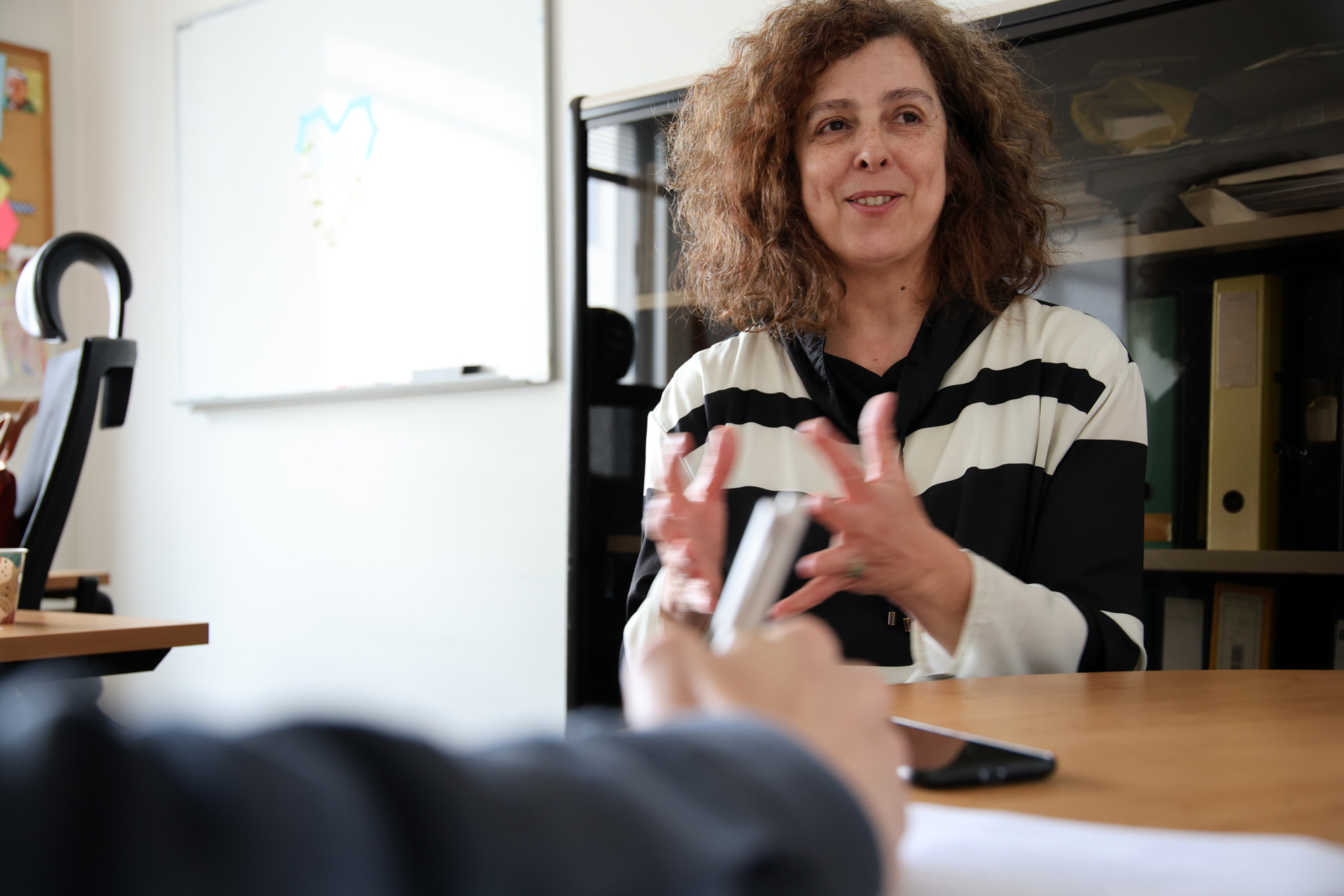
After all, that’s where it all began. In those early years, she was amazed by the first online forums and then by the first websites, powered by HTML; she also “surfed” the first browser – Mosaic. She also explored Latex – she even wrote her master’s thesis using this plain text system: “The small group of young people/grant holders – who would share the discoveries with each other during the nights we spent at INESC – were perhaps pioneers in Portugal when it came to using this tool.”
Another “fluke”: while the internet was unravelling mysteries and bringing promises of a simplified world to Porto, Paula took a shortcut into the field of Multimedia. “Luck” was on her side. She collaborated with two of her former teachers: Artur Pimenta Alves and Eurico Carrapatoso. And they “delegated” a lot: “or, I would say, they also had many things to do and think about,” she added.
“They gave me the opportunity to start representing INESC at international meetings and in projects. Luckily, those two people I worked with at the time gave me the opportunity to immerse myself in those environments,” she recalled.
Let’s go: there’s a legacy to preserve.
In her teaching and research activities (and all others), she got involved “to help” and “be present”. In the classroom, in the lab, or at her club: Ala de Nun’Álvares, in Gondomar. Volleyball was always a part of her life: a member for 45 years, a player in all categories, and now a member of the board; it runs in the family: her grandfather helped found the volleyball club in Gondomar, her father wore the jersey as both a player and a coach, and now, her children are doing the same. The gyms in the northern region are a regular destination on weekends.
She achieved what seemed unlikely: combining research with her passion for Ala: “In my early days on the board, I tried to contribute with different aspects. Some of my students carried out internships at the club, to explore tech aspects related to sports and information management. When needed, Paula dedicated “a lot of extra time” to the cause: “For the 100th anniversary celebration, we created a committee to plan a year of festivities, and we achieved great results: a gala with over 500 people, an acknowledgement from the Assembly of the Republic, and a sports merit medal from the Secretary of State for Youth and Sports.”
Time doesn’t stretch, and there were never any “nine-to-five” workdays – and Paula didn’t want that either. She likes “this world” of connections, with bridges bringing together what hasn’t always been close.
Every day, in the classroom, she encourages the younger ones to do what they love: “Students must surpass their mentors – to me, that’s obvious. I think our contribution is this: to guide the younger generations and allow them to succeed and surpass us.” At INESC TEC, she regularly crosses paths with researchers taking their first steps. What would Paula say, if she were asked for advice? Paula would use the words of a former state figure, who is said to have summed up, in one sentence, what defined three decades of dedication to science and knowledge: “I’ve always surrounded myself with the best, even though they require a lot of work.”
“After another 30 years in this world”, she knows that there will be no path without mishaps. As long as the ball is in play, “people will succeed if they are doing what really completes them; they should not give up as soon as the first obstacle appears, because there will be many more throughout their career.” According to Paula, the secret may lie in the serve – the starting point: “You don’t need to plan that much. Just let it happen.”
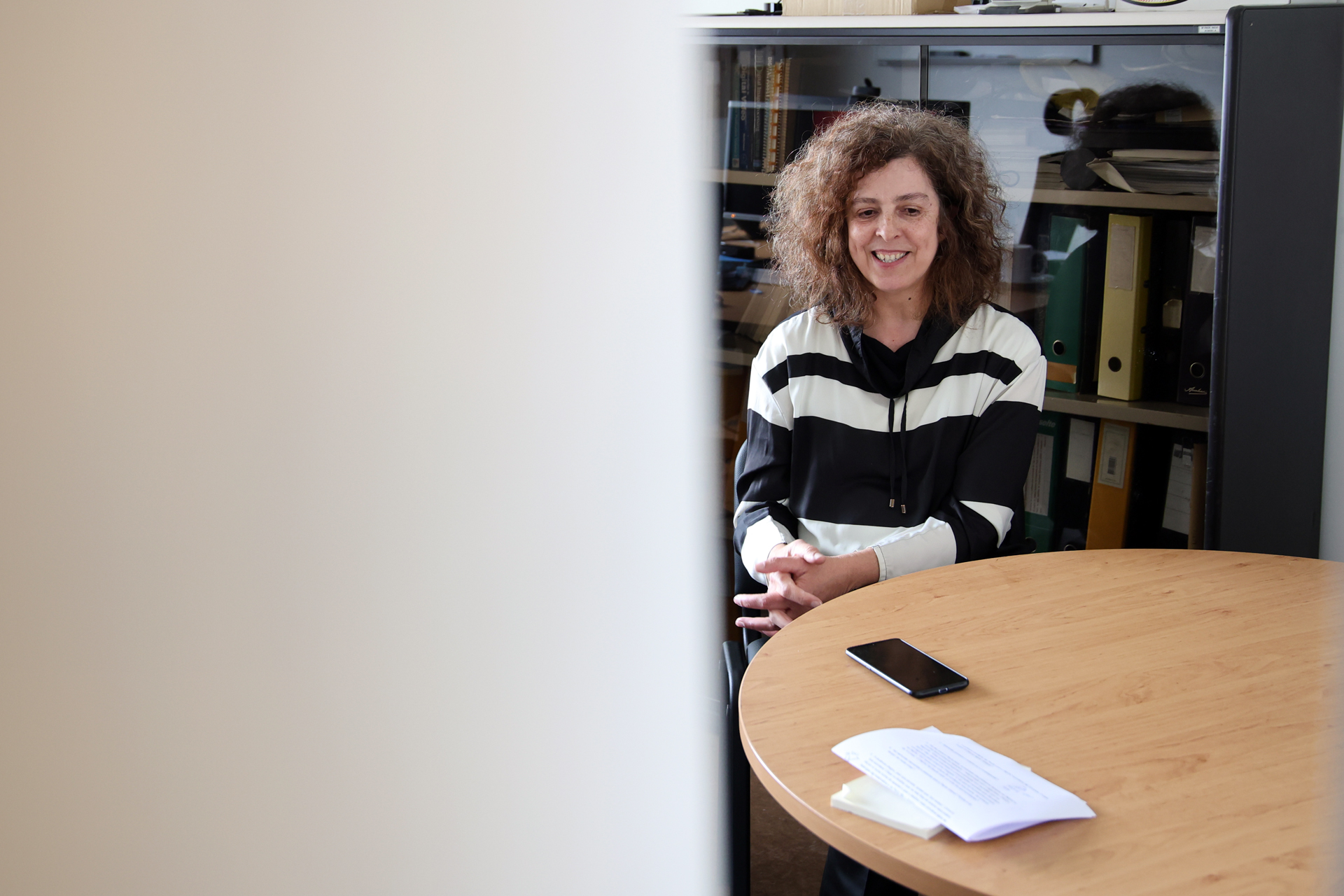


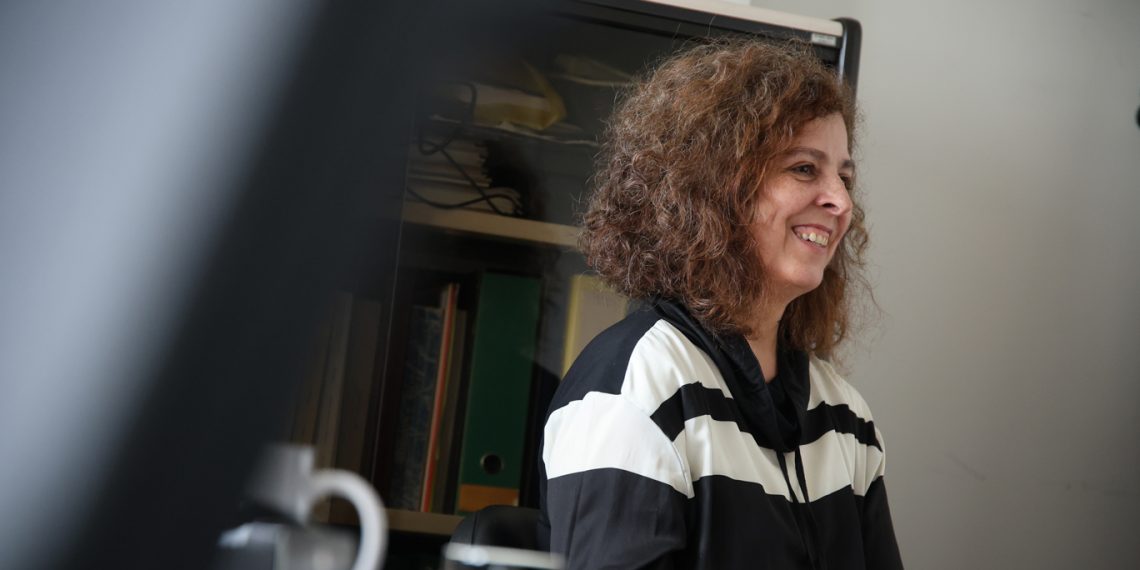
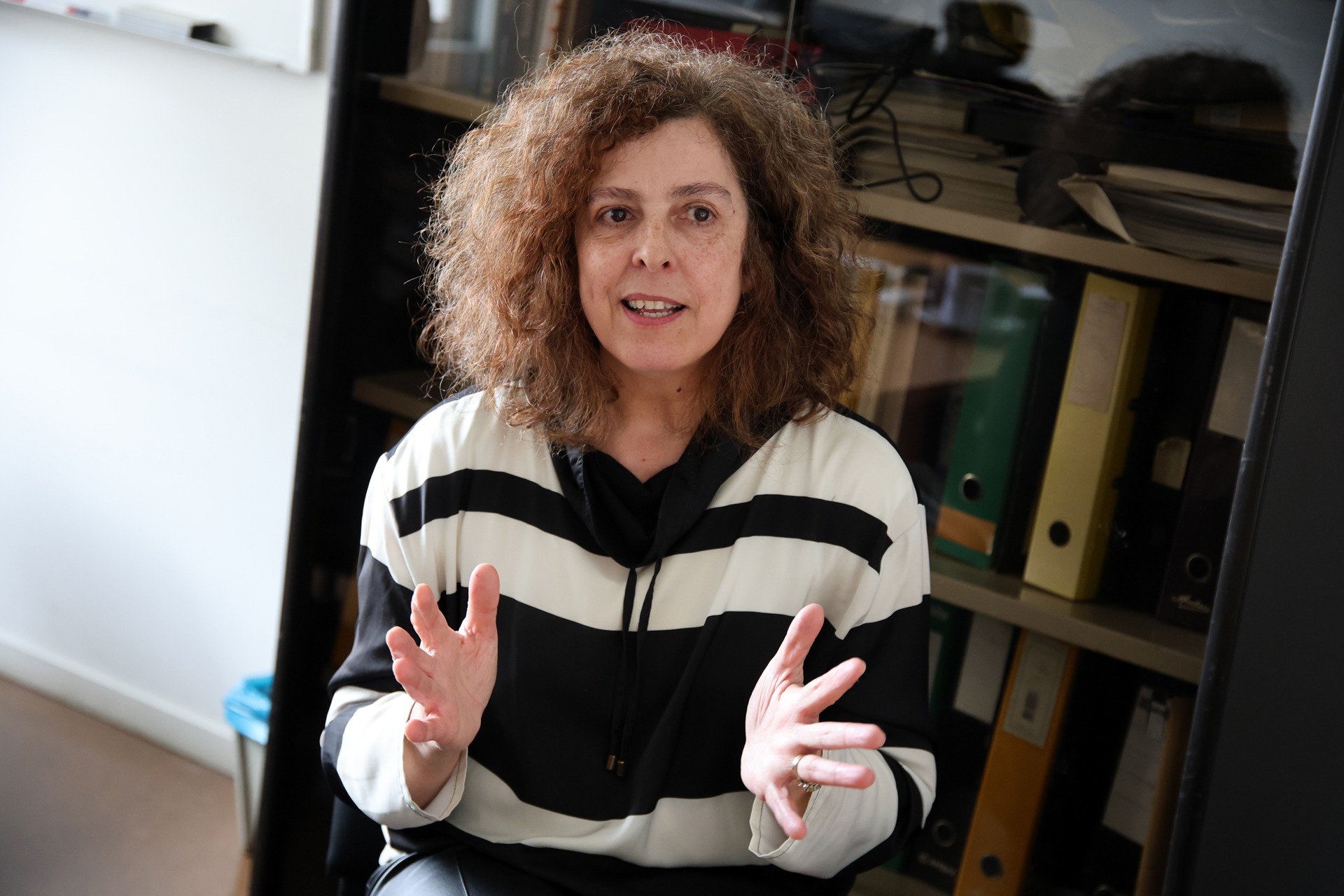
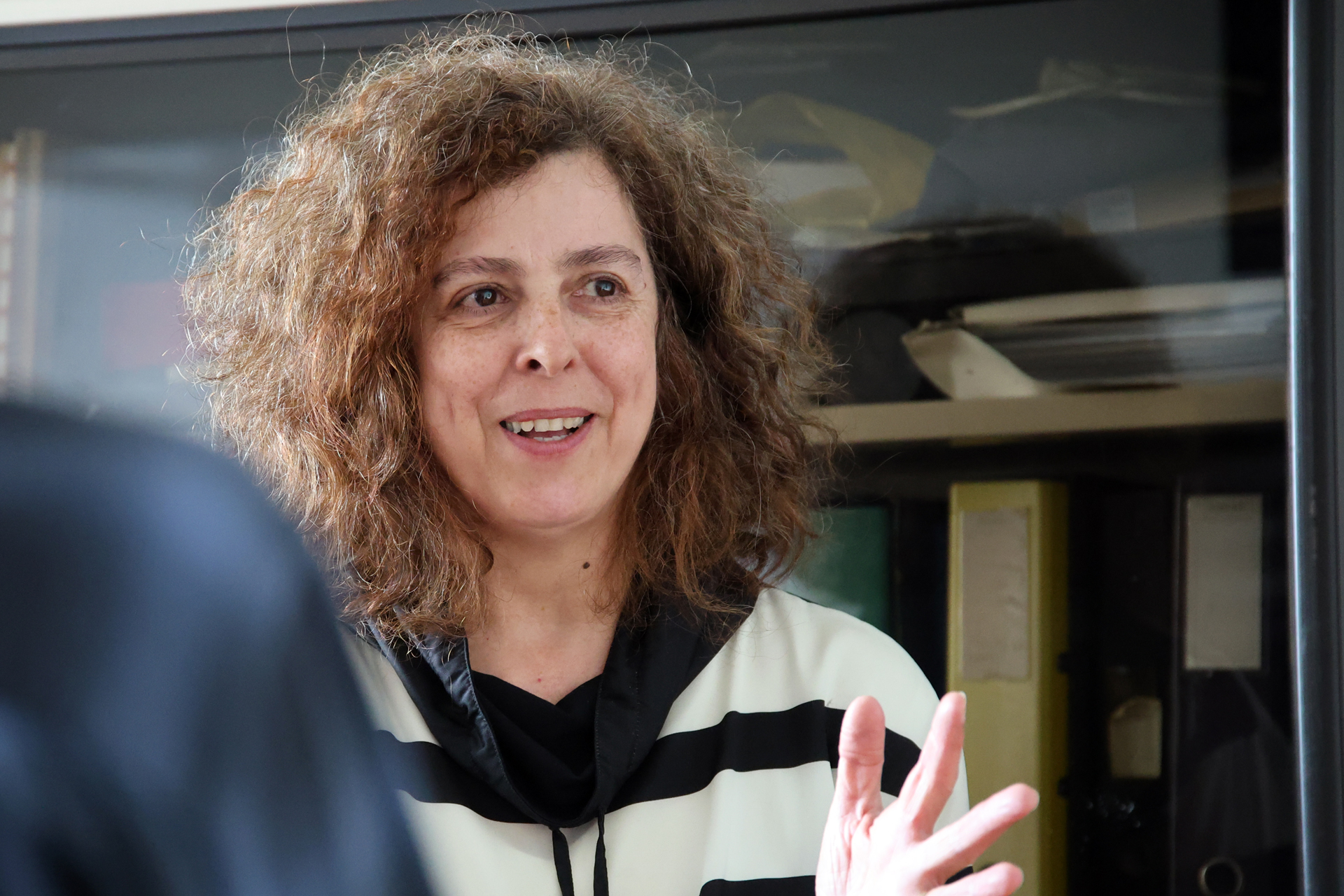
 News, current topics, curiosities and so much more about INESC TEC and its community!
News, current topics, curiosities and so much more about INESC TEC and its community!